
UPDATE NOVEMBER 2025: Tesla has significantly expanded its Australian network to 116 Supercharger sites (up from 63 in 2023), with 86 sites (66%) now open to non-Tesla EVs. New congestion pricing has been introduced at high-traffic locations.
It’s often argued that the Tesla Supercharging network is a key unique selling point to buy and own a Tesla electric vehicle model, but does it hold true in Australia?
Whether it's the popular Tesla Model 3 small sedan, Model Y medium SUV or the venerable Model S and Model X, Tesla EVs benefit from exclusive access to its own Level 3 fast DC Supercharging network worldwide.
This has been widely mooted as a key reason to buy a Tesla, despite the company opening some locations for all EV models.
But is is the Tesla Supercharging network a reason enough to purchase a Tesla EV?
Tesla Supercharger: Advantages
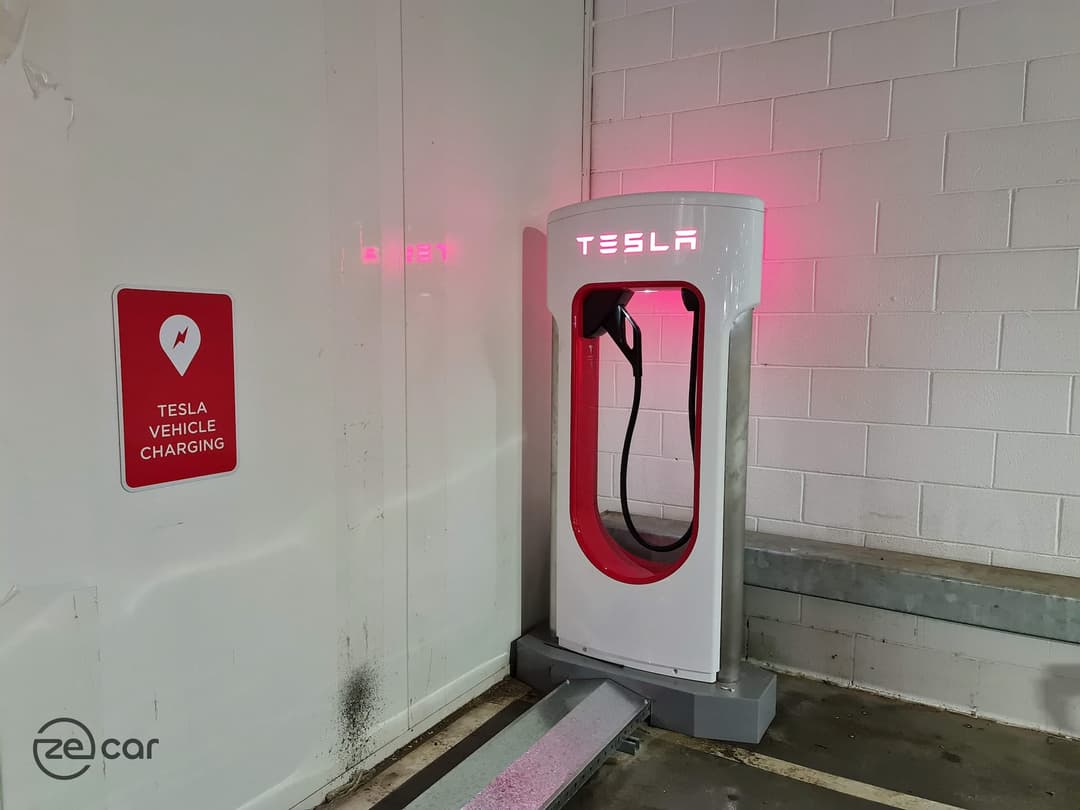
In Australia, there are currently 116 Tesla Supercharger sites with over 780 total charging locations including Destination Chargers composed of either 120kW (V2) or 250kW (V3/V4) fast-charging DC stalls.
At each site hub in Australia, there’s anywhere between three to 10 stalls available, so it can accommodate more Tesla EVs charging at the same time than any other public charging network right now.
This is an uncommon sight as most major charging providers like Chargefox and Evie Networks usually offer a cluster of one or two stalls at each location instead.
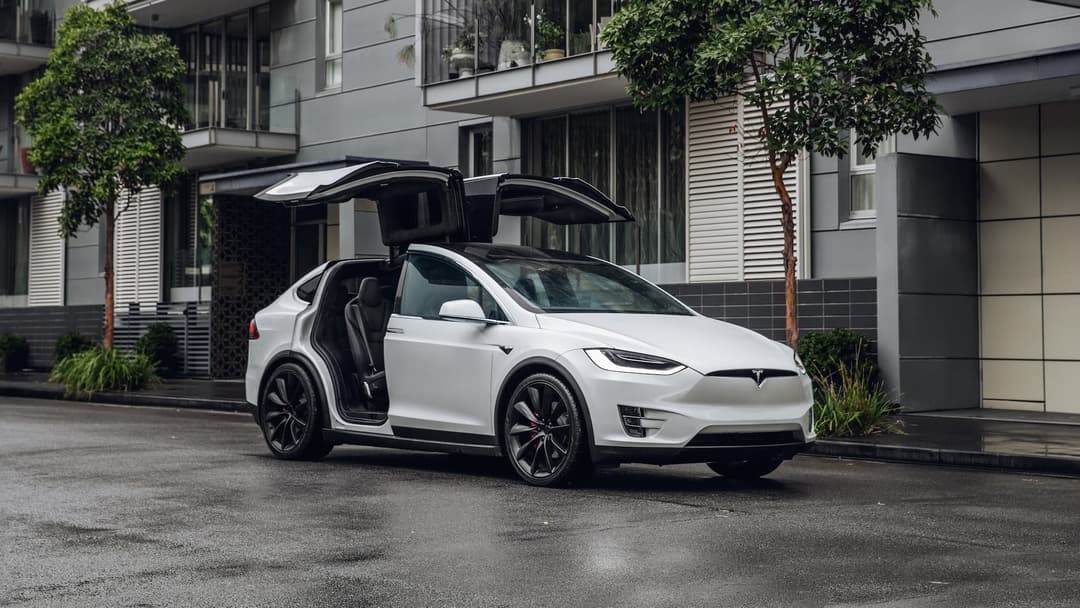
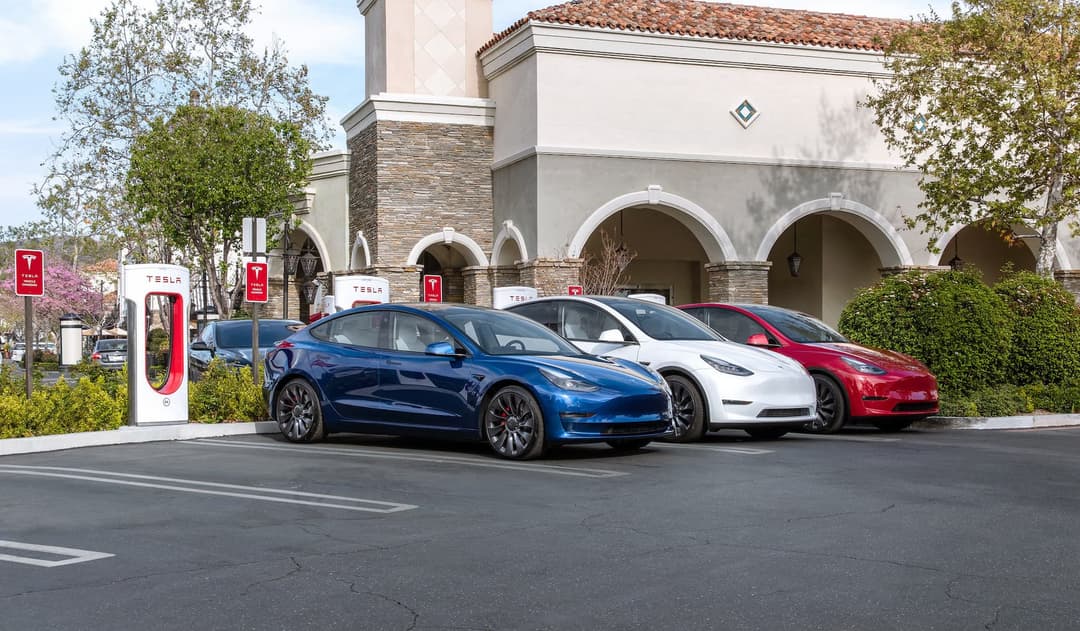
It's also known that Tesla Superchargers are more reliable than stations from manufacturers such as Tritium and ABB, with a lower chance that a stall would become ‘out of order’.
For what it's worth, Tesla claims 99.96 per cent uptime for its Superchargers globally in 2021 (with at least half of each location's stations working).
While Tesla has now made available 86 out of 116 sites (66%) open to non-Tesla EVs - several high usage sites along highways and major town centres are still exlusive to Tesla EVs. Superchargers and benefit from cheaper charging costs than non-Tesla EVs without a subscription.
If you own any pre-2020 Model S large liftback or Model X large SUV, then only V2 Superchargers feature the proprietary modified Type 2 connector, without the need to use a CCS plug adapter.
On a similar note, many slower public AC Tesla Destination chargers are locked to Tesla EVs only, even though the wall box can juice-up any electric car model.
It's also more convenient as the first to adopt seamless ‘plug and charge’ technology, where the charger authenticates your Tesla account and payment method with the car – without needing to fumble with a mobile app or RFID card.
Tesla’s built-in navigation system also automatically plans Supercharging stops if needed, it preconditions the Tesla EV battery for optimal fast charging speeds (when only set on a Supercharger as the destination), and even tells drivers how many stalls are in use in real-time with pricing on the touchscreen.
Tesla Supercharger: Disadvantages
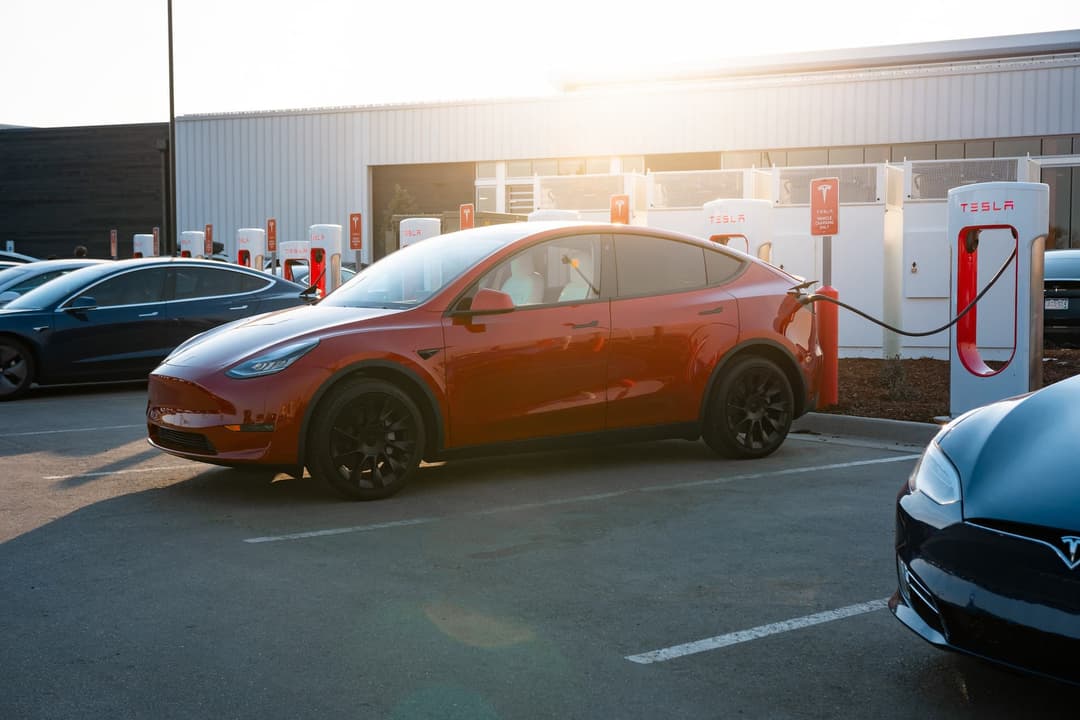
While the prevalence of Tesla Superchargers are seen as a key selling point overseas, Australia’s network is much less common.
Its white and red chargers caters more to long distance interstate trips, instead of being prominent in metro areas.
Tesla Superchargers (116 sites) now compete more closely with Chargefox and Evie Networks
Compounding this is the rapid adoption of the best-selling Model 3 small sedan and Model Y medium SUV in Australia – beating the cheaper BYD Atto 3 EV last year by a significant margin – with queues likely forming during peak holiday periods.
The American company has also enforced automatic ‘high usage’ throttling rules when particular locations are popular at a given time, which forces owners to stop charging at 80 per cent and risk incurring idle fees.
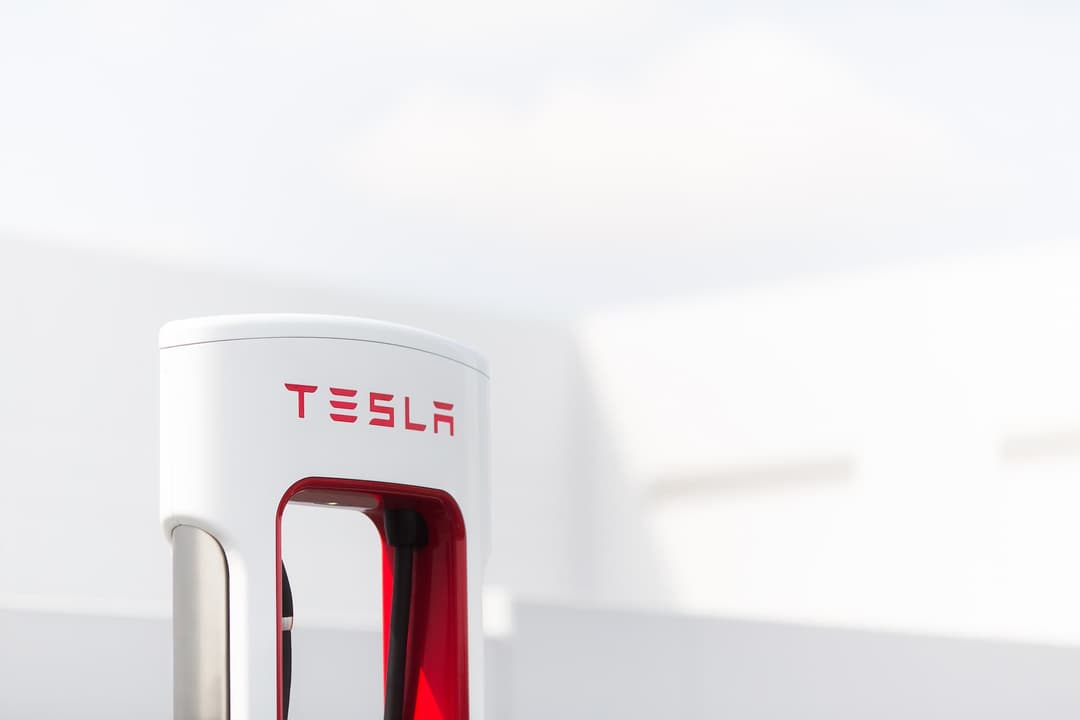
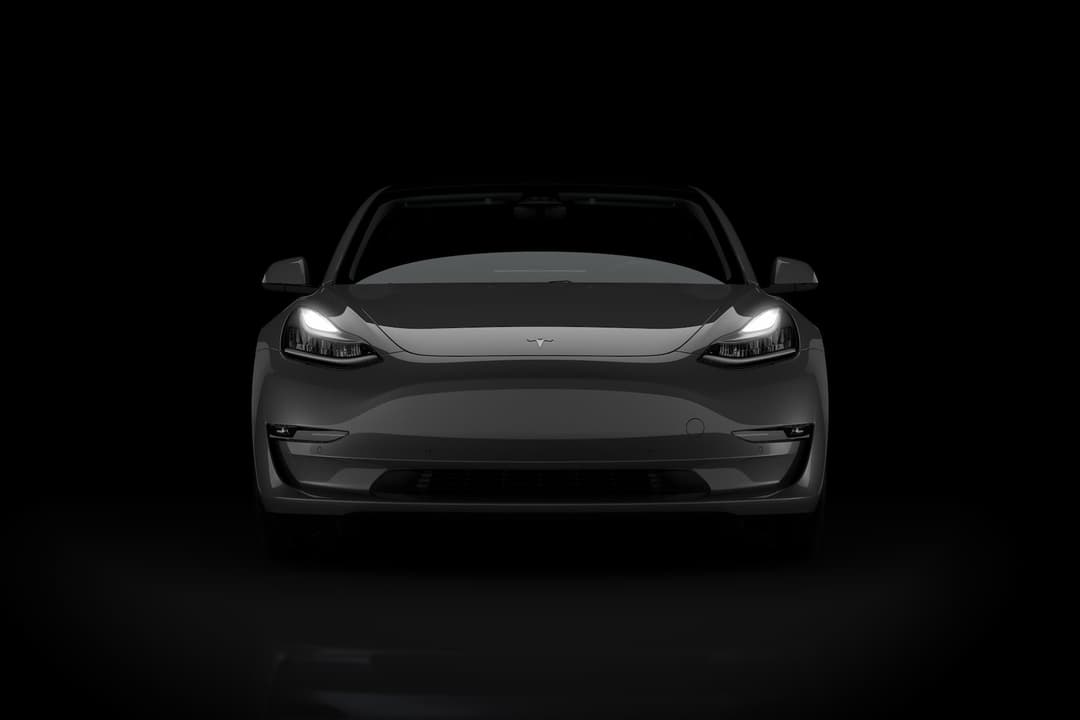
Furthermore, Tesla's charging fees can be more expensive than other providers at peak times, though some newer sites offer competitive off-peak rates as low as $0.35-$0.40 per kWh. It now reportedly uses variable pricing depending on the time-of-day and demand, which could vary between $0.43 to $0.69 per kWh.
That's compared to Chargefox's rate of $0.45-$0.60 per kWh (depending on charger speed) and Evie Networks' rates of $0.58 per kWh (50kW fast chargers) to $0.73 per kWh (350kW ultra-rapid chargers).
On the Chargefox network, some chargers are even free – especially slower AC stations and NRMA DC chargers (for now) – while the Queensland state government's Electric Super Highway costs $0.30 per kWh. Drivers who have a motoring club membership can receive a 20 per cent discount for each DC charging session, too.
Jolt has also emerged in urban Sydney, Melbourne, Adelaide, and Brisbane with DC chargers – providing 7kWh free charging available daily and $0.46 per kWh thereafter.
Are Tesla Superchargers a key selling point in Australia?
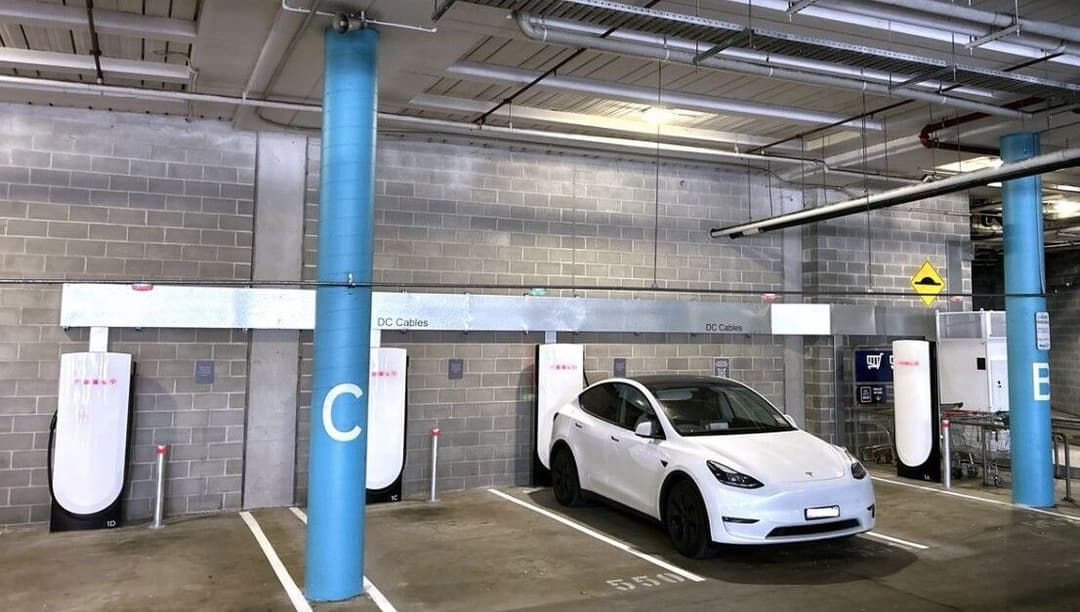
So, is it worth buying a Tesla EV just because of the Supercharging network?
While charging at home is the most convenient, cheapest and reliable way to top-up your EV, there’s fewer Tesla Superchargers available in Australia to justify the reasoning that people overseas argue.
However, it’s known to be more reliable, more convenient with ‘plug and charge’, seamlessly plans Supercharging stops (essentially eliminating 'range anxiety'), and the exclusive rights (mostly) allows Tesla Model 3 and Model Y owners to have the peace-of-mind to essentially access all available public chargers with a Type 2/CCS2 plug in the country.
This means Tesla Superchargers remain a unique selling point in Australia, especially with the network nearly doubling to 116 sites since 2023. While pricing is now more variable and can be higher at peak times, the reliability, convenience, and growing accessibility (66% open to all EVs) make it a valuable part of Australia's charging infrastructure – even though it shouldn't be the only reason you choose a Tesla over the growing list of other EV competitors from the likes of BYD, Hyundai and Volvo.
How Much Does it Cost to Charge a Tesla at a Supercharger?
Rates for using Tesla Superchargers are generally more expensive than other charging networks. It now reportedly uses variable pricing depending on the time-of-day and demand, which typically ranges from $0.30 to $0.90 per kWh depending on location, time-of-day, and demand. Most sites charge between $0.69 to $0.77 per kWh during standard periods.
That's compared to Chargefox's rate of $0.50-$0.70 per kWh and Evie Networks' rates of $0.58-$0.73 per kWh depending on charger speed
Charging a Tesla Model 3/Y from 10% to 80% would cost between $22 to $30.
Charging at home is the most convenient, cheapest and reliable way to top-up your Tesla.
▶️MORE: Tesla Charging Costs in Australia: Home and Superchargers (2025)
Can non Tesla EVs use Tesla Superchargers?
Yes, non-Tesla EVs can access some Supercharger sites. As of the latest update to this article, Tesla has opened up 86 of its 116 Supercharger sites (66%) in Australia to non-Tesla EVs.
Non-Tesla vehicles will be charged $0.79 per kWh for drivers of non-Tesla cars However, non-Tesla drivers can sign up to a $9.99/month subscription to reduce the cost to $0.64-$0.66 per kWh.
➡️TRY: EV Charging Calculator
Tesla supercharger sites can be accessed by non-Tesla EVs via the Tesla apps.
- Download the Tesla app (version 4.18.0 or higher) for iOS or Android and create a Tesla Account.
- Select ‘Charge Your Non-Tesla’ and find your Supercharger site.
- Add your payment method, select a stall, unlock the adapter, plug in your car, and tap ‘Start Charging.’
- Select ‘Stop Charging’ to complete your session.
Tesla Supercharger Locations
The below map indicates location of Tesla Superchargers in Australia.
NOTE: This map was updated in November 2025. Visit Tesla.com for the most current map.
You can also access Tesla's official SuperCharger map through the website and through the Tesla mobile app. It's constantly updated to reflect the latest additions to the rapidly expanding network of Superchargers across the globe, ensuring that you're never too far from a potent jolt of juice for your Tesla vehicle.
Here's how to make the most of the Tesla Supercharger Map:
- Plan Your Route: Before hitting the road, input your destination to see available Supercharger stations along the way. This feature is particularly helpful for calculating stops during long-distance trips and ensuring you won’t be caught with a low battery.
- Check Availability: The map shows the number of stalls available at each Supercharger location so you can time your stops when there’s minimal wait time, especially during peak travel periods.
- Up-to-date Information: Real-time status updates alert drivers to any outages or maintenance activities at Supercharger sites, so you can adjust your plans accordingly.
- Cost to Charge a Tesla: The map outlines the cost of charging at each Supercharger location. Although Supercharger costs might vary by region, knowing these prices in advance aids in trip budgeting.
- Amenities and Waiting Times: Alongside details on charging speeds and availability, the map also includes information about local amenities near each station, which can be a welcome addition to any travel stop.
Tesla Supercharger FAQs
About the author
Stay up to date with the latest EV news
- Get the latest news and update
- New EV model releases
- Get money savings-deal

